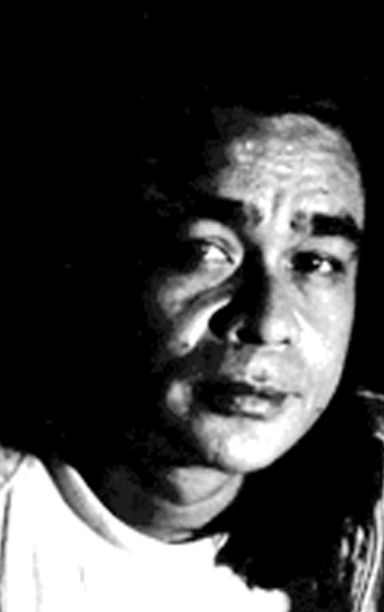
RAYMUND FERNANDEZ
Pagkabanhaw” is Binisaya for resurrection. The fact we have such a word means the Bisaya have a native concept of it. We did not learn or borrow the word from foreign imperialists. Pagkabanhaw is a pre-Western concept that is not hard for us to understand, though our current understanding of it must be interwoven by now into the fabric of our Christianity. How was it originally understood? And how did it work with other related concepts? We can only guess. We can only have an inkling of it. We also have a word for soul; it is “kalag.” And a word for God — Bathala. The existence of these words gives us hope. They tell us how we have a native inkling of a plane of existence higher than what we can immediately see in our institutions, religion, politics, the news and social media.
This inkling is important. The present world engulfs us with an incipient sense of apocalyptic doom. But it is the mark of our generation that we even worry about it. Contemporary young humans were born into this incipient sense of doom. They are less bothered by it. And we worry about that also. There is more than a bit of tragedy that they do not bother to worry at all. We wonder if the children have a sense of the cyclic nature of life. Or, do they think of it as too “old school?” Our generation had seen our world cycle through fear and hope, through doom and recovery, oppression and liberation. Our generation lived through the Cold War. We lived through Martial Law and then the People Power Revolution. We still remember feelings associated to our memories of those times. It is much easier for us to understand how human existence is always a cycle of life, death and resurrection. How will the children come to an understanding of it?
There are current metaphors, of course; but hardly anything beyond the most mundane, the cycle of money in our pockets related to the marker of paydays, the cycles between falling into love and then out of it, friendships established and then slowly forgotten.
Are these enough to explain those things which are more essential? And what about the single cycle of a particular human life?
The person must age sufficiently to figure out how we are contained by a cycle defined mostly by our mortality. The human body is our way of sensing the world about us. With it, we draw possible theories to define our existence. But our bodies inevitably follow a single predetermined cycle stretching from life to death. And as it does this, we continue to observe our world, forming over time an inkling of why and how we are here. As the body slowly continues to age, what remains the same? After it dies, what is left? Perhaps, nothing much, perhaps only an inkling remembered of what existence really was or is.
We cannot know for sure. But there is one thing we can be sure of. When we sense or look at another person, what do we see? We see a body wearing down as it goes through the ravages of life. We see aging shells. We know we are more than this. We know how our own body is only a shell to contain something else besides. Body and shell contain only a part of the whole totality of who we are. Our bodies reflect something of the person within. But it cannot do so completely well. We cannot know for certain what that person within really looks like. But we do know we are here, beyond the body, and beyond the shell. We can feel us. The shell is not empty.
This is a good thought to ponder upon as the world grows older and uglier with time. It helps if we think that this person within us is not quite as tenuous as the body that contains it. When we look at others and ourselves, we have to ask: The person within, what does that look like? The question itself gives us hope that no matter how the shell itself must die, what it contains persists in a process of resurrection that is continually playing out, playing out like a story of a single cycle from birth going though life and death; and then, resurrection. We always had an inkling of it, even from our earliest times.
Disclaimer: The comments uploaded on this site do not necessarily represent or reflect the views of management and owner of Cebudailynews. We reserve the right to exclude comments that we deem to be inconsistent with our editorial standards.
